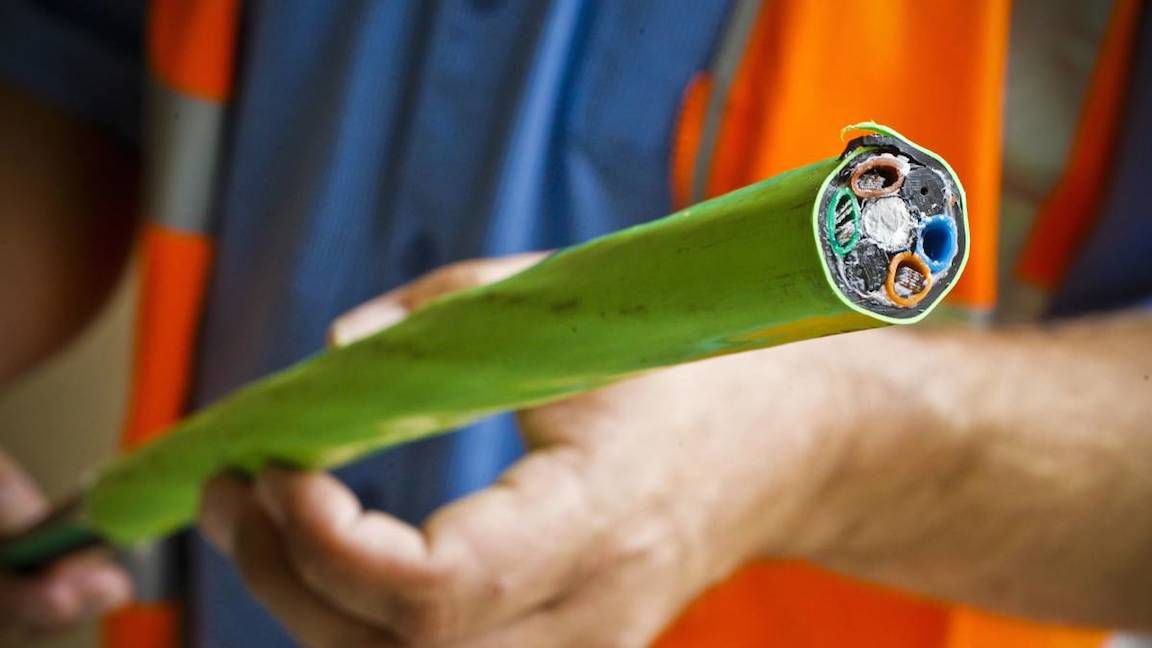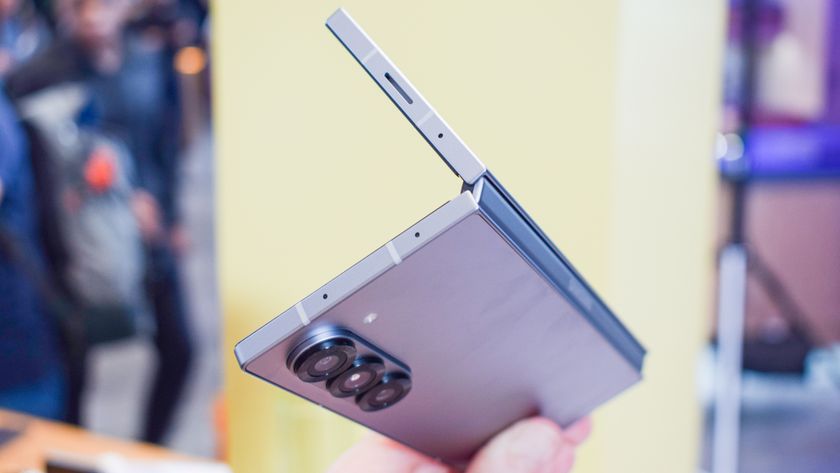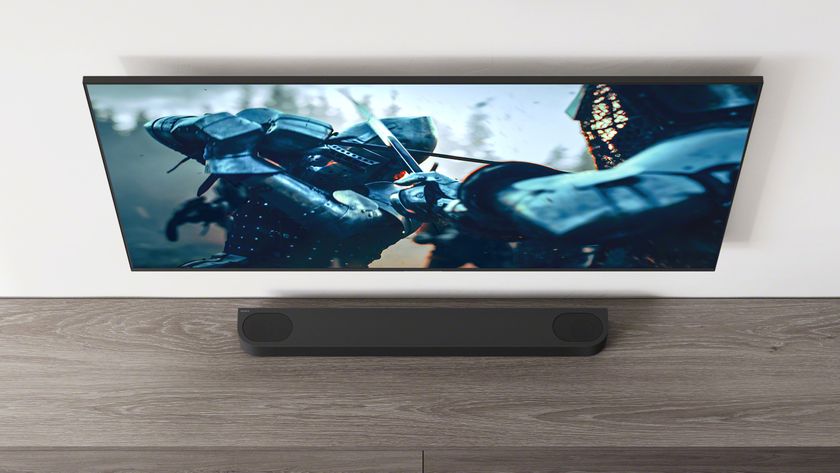Connecting to the NBN: what to expect
The seven types of NBN connections explained

With the aim of covering over 60% of the country by 2020, NBN Co is rolling out its broadband service to an average of about 250,000 premises each month. And your house or apartment could be next.
You can check the rollout map at the NBN Co website and it will tell you when you’ll be getting the NBN. Next, you’ll want to know how this whole thing works, what you’d need and what you’ll have to do to set it up.
The answer to that really depends on what flavour of NBN you’ll be getting. There are seven possibilities and, unfortunately, the rollout map doesn’t presently break it down by type aside from fixed line vs wireless.
You can make a guess: most of the areas currently covered by the rollout are fibre to the premises/home (FTTP) since that’s mostly the tail end of the original Labor NBN plan.
If you can currently get Foxtel or Optus cable TV in your area, you’ll probably be getting hybrid fibre-coax (HFC). If you can currently get ADSL 2+ (but not cable or fibre), you’ll probably end up on fibre to the node (FTTN), or fibre to the building (FTTB) in the case of unit blocks. If you’re currently wireless, you’ll likely end up on either fixed wireless or satellite, while fibre to the distribution point (FTTdp) is like a combination of the FTTP and FTTN connections.
Of course, these are guesses – we wouldn’t recommend going out and buying equipment pre-emptively based on these assumptions.
- Looking for the best broadband plan for your home? Compare 45 providers to find which NBN plan works best for you.
So how will the rollout work for each of these? We’ll give you a quick breakdown.
Get daily insight, inspiration and deals in your inbox
Sign up for breaking news, reviews, opinion, top tech deals, and more.
Fibre to the premises
With FTTP, most of the equipment needed is built into the box that gets attached to your house during installation. All you will need is a generic broadband router with a gigabit Ethernet WAN port (many current DSL routers also have a gigabit Ethernet WAN port and can, indeed, be used with FTTP).
The installer will attach a utility box to the outside of your house as well as a connection box and power unit inside your home.
The connection box has a gigabit Ethernet port on it (called UNI-D). It’s into this that you plug an Ethernet cable and connect it to the WAN port on your broadband router.
The broadband router just uses DHCP for configuration, which is the default setting on most routers.
Fibre to the node/fibre to the building
FTTN and FTTB look and work a lot like ADSL. No new equipment is installed in your home and nobody needs to visit your premises. Your current phone line will remain your link to the internet.
There will need to be one change on your end. Your old ADSL router won’t cut it anymore.
You’ll need a modem router with support for VDSL2, the updated DSL standard being used for FTTN. Many newer ADSL routers also support VDSL, but older routers do not.
Hybrid fibre-coax
If you currently have HFC connected to your home, there won’t need to be any changes or anybody coming into your house.
If you’ve never had cable TV or cable internet, however, an installer will need to come in and set it up. Typically, a wall plate will be set up into which a coaxial cable can be plugged.
If you don’t currently have a cable modem router, you will need one, which you’ll be able to purchase from your ISP. You can’t use a generic broadband router.
There are plans to upgrade the cable network this year or in 2018, which might again require a new router.
Fixed wireless and satellite
Much like FTTP, an installer will need to come to your house and install equipment, which will include a connection box and a satellite dish, or fixed outdoor antenna.
You connect to that equipment with a general broadband router (as with FTTP), and the connection uses 4G radio signals like your mobile phone.
With a similar installation setup, NBN Co uses two Sky Muster satellites working together to provide internet access to rural and remote areas in Australia.
Fibre to the distribution point
This connection sits somewhere between FTTP and FTTN, being cheaper than the former and faster than the latter.
FTTdp is also known as fibre to the curb (FTTC), where the final connection to the house is made using the existing copper phone wire.
At present, there isn’t much information available for the hardware required, but chances are high that you will need a router that supports VDSL connectivity.
So far, over 40 suburbs across NSW, Victoria and Queensland have been earmarked to be hooked up to FTTdp, with the hopes of eventually rolling it out to nearly 700,000 premises.

Why is the NBN so slow?
One of the persistent complaints about the new NBN is that it’s way, way slower than was advertised. Many people are reporting speeds far below what they signed up for. So why is that?
There are actually two reasons here. One is the fault of NBN for using a technology that has highly variable speeds. One is the fault of ISPs (called RSPs in NBN parlance) for not providing enough bandwidth for their users. Let’s look at each in turn.
DSL is bad
One of the reasons you may not be getting the advertised performance is that the largest chunk of the NBN – the people on FTTN, FTTB and FTTC connections – still uses DSL technology. It’s using VDSL, which is essentially just an upgraded version of ADSL.
Like ADSL, VDSL gives 'best effort' speeds. It has a theoretical maximum and you’ll get some proportion of that depending on the quality of the copper lines and how far away from the node you are. So, even if you sign up for a 100Mbps internet service, you might get a much lower rate because your VDSL connection is syncing at a low rate.
There’s not much you can really do about this, aside from paying to have fibre run to your home (which you can do through NBN’s Individual Premises Switch program), but it will cost you. A lot. Otherwise, it’s best to just downgrade your plan to 50Mbps or 25Mbps to at least save money.
RSPs haven’t kept up
The other factor, and likely the bigger one, is that RSPs have been rushing to sign up NBN users without upgrading their networks to support them.
The thing is, your internet speed is much more than about how fast your local connection to the node, hub or exchange is. From the node, the data from your house is joined with the data from all the other nearby houses and has to be carried back across fibre links to the RSP’s data centre and then plugged into the internet.
This is collectively known as backhaul. Now ISPs have never had enough backhaul to support all their users running their internet connections at max at once. They assume that at any given time most of the users won’t be using the internet at full speed. They instead commissioned backhaul according to a target “contention ratio,” which is the ratio of user broadband to backhaul.
For example, let’s say there that 100 users with 100Mbps connections were connected to a local node. That’s 10,000Mbps total bandwidth. But the ISP figures they only will collectively only use 1,000Mbps at once, so it sets up a 1,000Mbps backhaul link. That would be a 10:1 contention ratio.
Of course, at peak times, user demand might exceed 1,000Mbps, in which case individual users would find that their internet goes slower than they expect. (For reference, a 10:1 ratio would actually be incredibly good; most ISPs typically commission about 1Mbps backhaul per broadband user).
The NBN required that the RSPs commission new backhaul, in the form of what is called a Connectivity Virtual Circuit or CVC. This has to be purchased from the NBN by the RSPs. And most didn’t purchase large enough links to support their new NBN user bases and their higher speed broadband.
The upshot is that the contention ratio on these services is extremely high, so that during peak times the network slows to a crawl. Netflix streams stall out, gaming pings go to hell and everybody gets grumpy.
The solution, of course, is for the RSPs to purchase larger CVCs. Presumably, most will do that over time, but right now the rush to sign up users has led to some significant discounts on service costs, which means many RSPs feel like they can’t afford to (and the cost of CVCs is currently a major bone of contention between RSPs and NBN Co.)
The solution as a user is to avoid contracts and switch RSPs. If you’re getting bad service, switch to another provider. It’s simple as that. It’s very easy on the NBN, since it require only that a virtual switch be thrown. You can bounce around RSPs until you find one that delivers the service levels you want.
- In the market for a new broadband plan? We've listed out the best broadband deals available in Australia at the moment.












